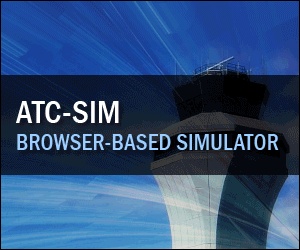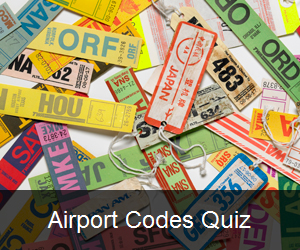| IRANAIR | |
| Iran | |
| http://www.iranair.com | |
| https://en.wikipedia.org/wiki/Iran_Air |
Fleet Information
| Manufacturer | Aircraft type | Orders | Deliveries | Contract value(in billions) | List prices(in billions) |
|---|---|---|---|---|---|
| A320-200 | 6 | — | — | $0.606 | |
| A320neo | 32 | — | $3.232 | ||
| A321-200 | 9 | 1 | $0.946 | ||
| A330-200 | 9 | 2 | $1.908 | ||
| A330-900 | 28 | — | $8.299 | ||
| A350-1000 | 16 | — | $5.864 | ||
| A380-800 | 12 | — | — | ||
| Total | 100 | 3 | < $10.0 | $20.856 | |
| 737 MAX 8 | 50 | — | — | $5.620 | |
| 777-300ER | 15 | — | $5.207 | ||
| 777-9 | 15 | — | $6.132 | ||
| Total | 80 | 0 | $8.0 to $9.5 | $16.959 | |
| ATR | 72-600 | 20 | 13 | $0.536 | $1.09 |
| Total | 200 | 16 | $18.5 to $20.0 | $38.334 | |


